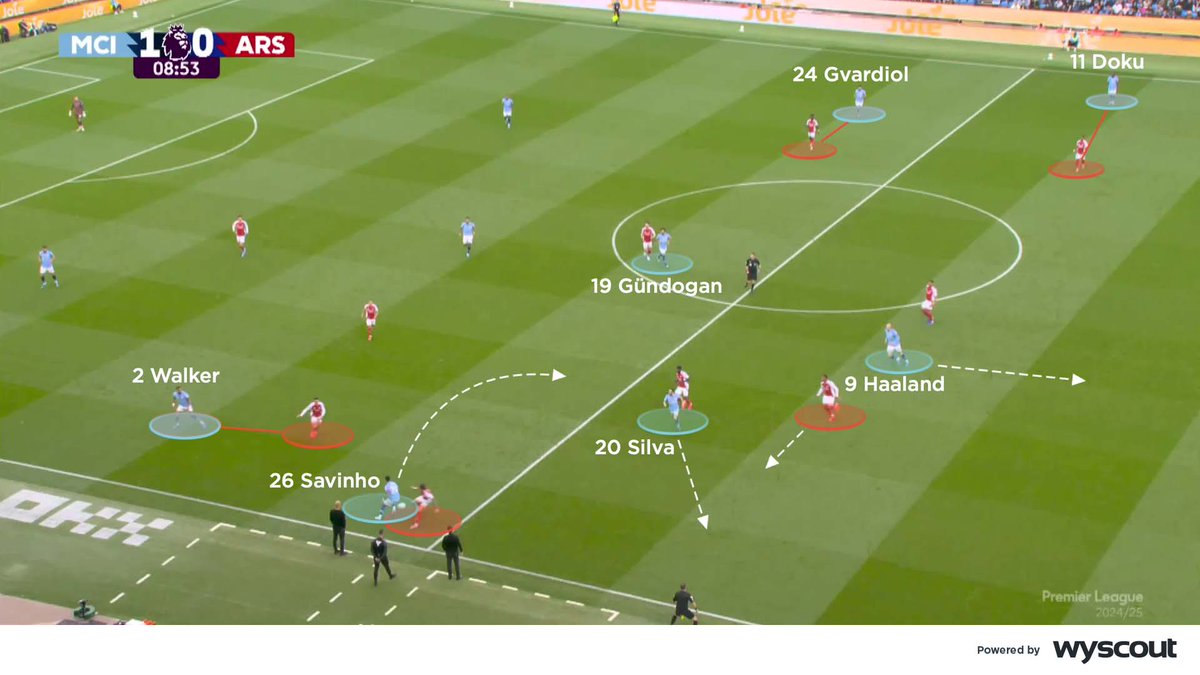THREAD! 👇 Our coaches share the tactics and systems used by both Brighton and Chelsea from their Premier League encounter from Monday night 🔵 #BHACHE
🔍 Brighton set up in a 3-5-2 formation in possession, with Tariq Lamptey and Solly March as their wing backs and Neal Maupay and Leandro Trossard paired in attack (1/8)
🔵 #BHACHE #BHAFC
🔵 #BHACHE #BHAFC

🔍 They used a 5-3-2 when out of possession; Tariq Lamptey, Adam Webster, Lewis Dunk, Ben White and Solly March formed their back five; Adam Lallana, Yves Bissouma and Steve Alzate were in midfield (2/8)
🔵 #BHACHE #BHAFC
🔵 #BHACHE #BHAFC

🔍 The most simple method by which Brighton advanced was early passes to their wing-backs; from the diagonal pass outside, Brighton then looked to play another diagonal pass inside (3/8)
🔵 #BHACHE #BHAFC
🔵 #BHACHE #BHAFC

🔍 The most simple method by which Brighton advanced was early passes to their wing-backs; from the diagonal pass outside, Brighton then looked to play another diagonal pass inside (4/8)
🔵 #BHACHE #BHAFC
🔵 #BHACHE #BHAFC

🔍 Chelsea set up in a 4-2-3-1 when in possession; N’Golo Kanté and Jorginho played as the two deep central midfielders; Kai Havertz, Ruben Loftus-Cheek and Mason Mount supported Timo Werner (5/8)
🔵 #BHACHE #CFC
🔵 #BHACHE #CFC

🔍 They used a 4-2-3-1, that occasionally became a 4-4-2 through Mount and Havertz dropping into midfield and Loftus-Cheek joining Werner, when out of possession (6/8)
🔵 #BHACHE #CFC
🔵 #BHACHE #CFC

🔍 Chelsea’s front four made movements in opposite directions to try and disrupt Brighton’s defence; typically, two dropped towards the ball while the other two advanced beyond that defence (7/8)
🔵 #BHACHE #CFC
🔵 #BHACHE #CFC

🔍 When Chelsea advanced, they used Havertz and Mount in the half-spaces rather than as traditional wingers; Reece James and Marcos Alonso attacked on the outside (8/8)
🔵 #BHACHE #CFC
🔵 #BHACHE #CFC

• • •
Missing some Tweet in this thread? You can try to
force a refresh
















